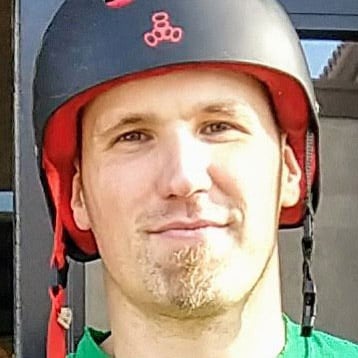In plain English, a dictionary is a book containing the definitions of words. Each entry in a dictionary has two parts: the word being defined, and its definition.
Python dictionaries, like lists and tuples, store a collection of objects. However, instead of storing objects in a sequence, dictionaries hold information in pairs of data called key-value pairs. That is, each object in a dictionary has two parts: a key and a value. Each key is assigned a single value, which defines the relationship between the two sets.
In this video course, you’ll learn:
- What a dictionary is and how it’s structured
- How dictionaries differ from other data structures
- How to define and use dictionaries in your own code
This video course is part of the Python Basics series, which accompanies Python Basics: A Practical Introduction to Python 3. You can also check out the other Python Basics courses.
Note that you’ll be using IDLE to interact with Python throughout this course.
What’s Included:
- 10 Lessons
- Video Subtitles and Full Transcripts
- 2 Downloadable Resources
- Interactive Quiz to Check Your Progress
- Q&A With Python Experts: Ask a Question
- Certificate of Completion
Downloadable Resources:
Related Learning Paths:













